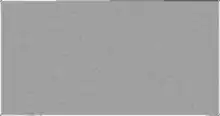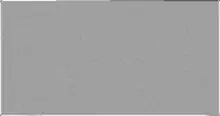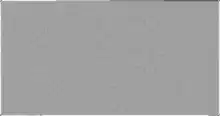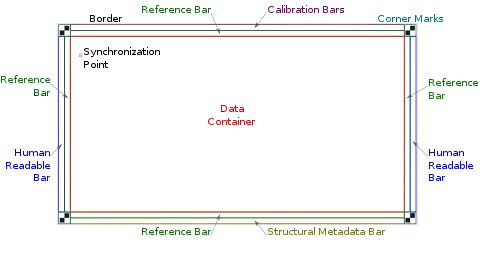Boxing barcode
Boxing is high-capacity 2D barcode.[1][2] The flexible barcode format is fully customizable in terms of frame geometry, number of symbols per pixel and forward-error-correction (FEC) method. This makes it a suitable choice for storing large amounts of any kind of digital data on storage mediums such paper, photographic film or similar.



Samples of a Boxing frame
Applications
Boxing barcode is used on piqlFilm by Piql AS to store many infos in Arctic World Archive:
- the Vatican Library[3]
- the photographic collection[4]
- GitHub[5]
- and other
Format

The Boxing barcode used in the piqlFilm consists 4096 rows and 2160 cols. Each frame has:
- border
- four corner marks
- external bars (reference, calibration, structural metadata, human-readable)
- data container
- sync points
References
External links
This article is issued from Wikipedia. The text is licensed under Creative Commons - Attribution - Sharealike. Additional terms may apply for the media files.

